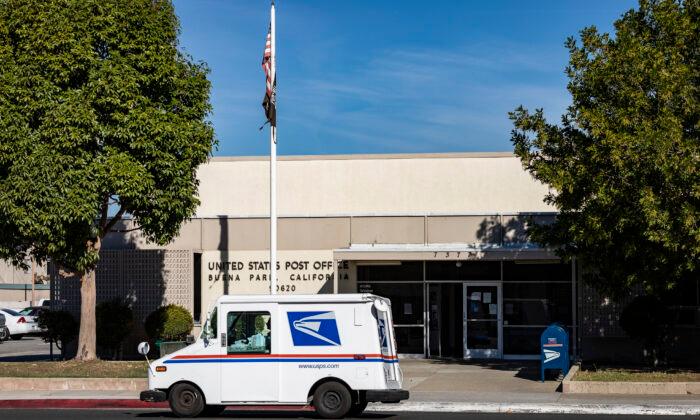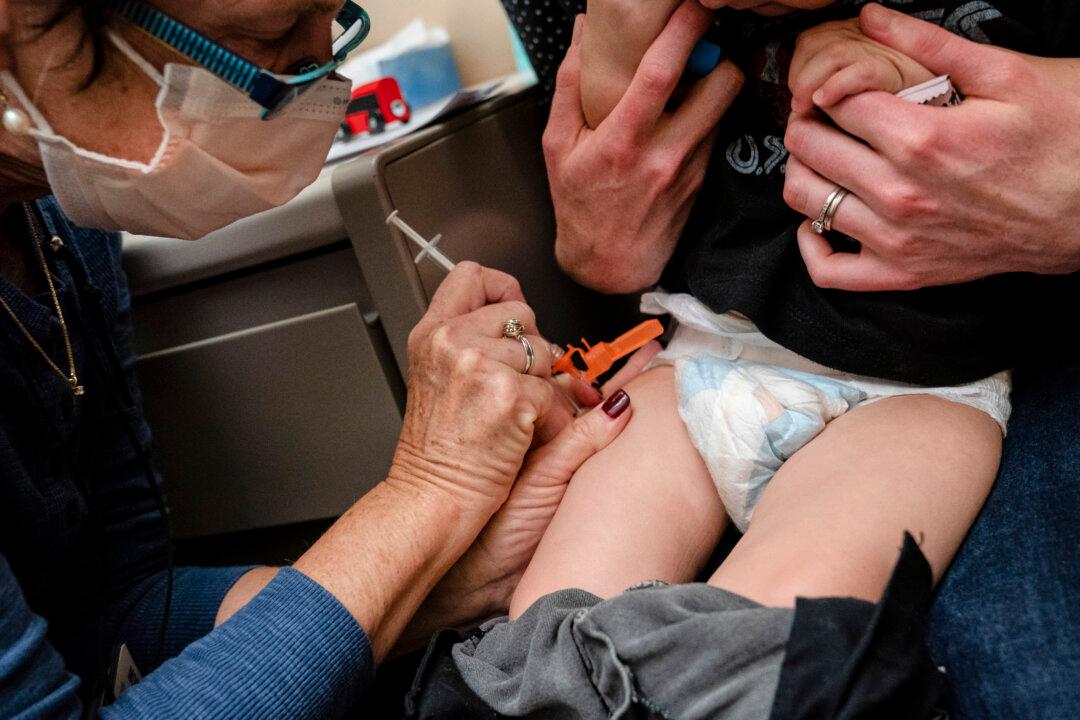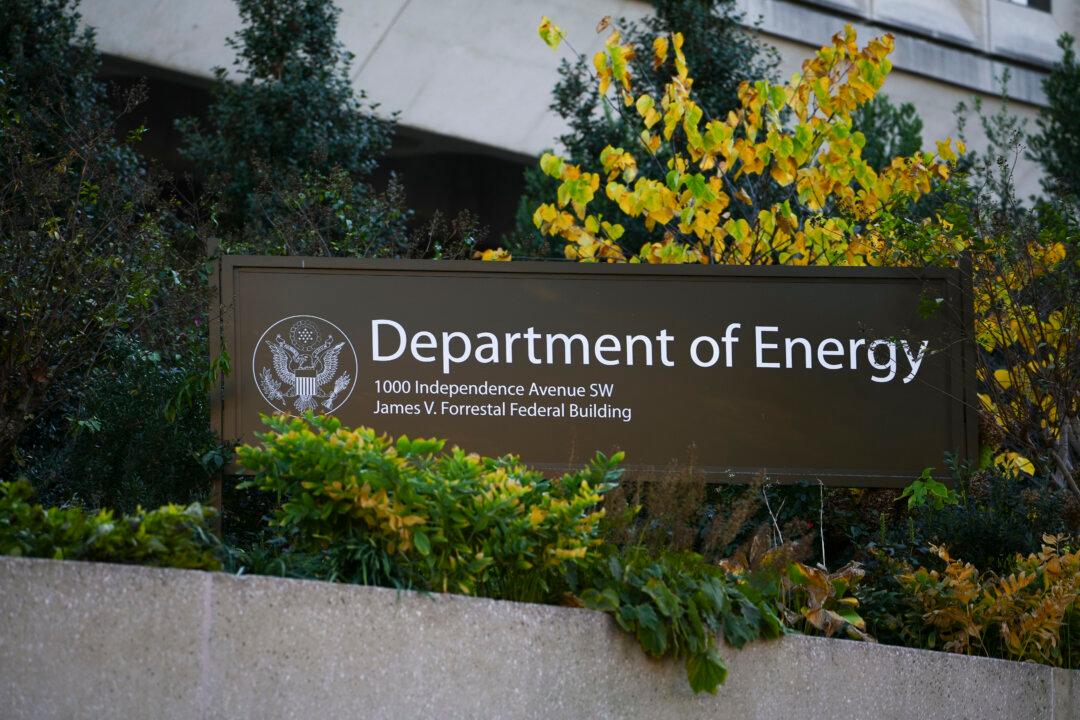The U.S. Postal Service (USPS) has announced its plan to acquire at least 66,000 battery electric vehicles, which the company plans to deploy by 2028, with the initiative supported by funding from Congress.
A total of 21,000 vehicles will be “off the shelf” commercial battery electric vehicles. The announcement comes as part of the USPS’s overall network modernization efforts.
The electric vehicles are part of a total 106,000 new delivery vehicles the agency intends to purchase by 2028. The new vehicles will begin to replace the USPS’s existing delivery fleet of more than 220,000 vehicles. The postal service received $3 billion in congressional funding under the Inflation Reduction Act for the plan.
“The $3 billion provided by Congress has significantly reduced the risk associated with accelerating the implementation of a nationwide infrastructure necessary to electrify our delivery fleet,” said Postmaster General Louis DeJoy.
Electrification
The $3 billion in IRA funding will be split into $1.3 billion for electric vehicles and $1.7 billion for charging stations. In addition, the USPS will contribute $6.6 billion for buying heavy-duty electric trucks and other nondelivery vehicles. This would bring the total amount invested in the electrification project to nearly $10 billion.In April, multiple environmental groups and several states sued USPS for its decision to replace the existing fleet with fossil fuel-powered internal combustion engine vehicles.
Electric Battery Fires
Electrification of USPS’s delivery fleet presents a new set of safety challenges to the agency, including the prospect of having to deal with battery fires.The report investigated three EV crashes that resulted in fires. The board also found that emergency responders are at risk of suffering from electric shocks due to exposure to high-voltage components of a damaged battery.
“They didn’t realize that they had to direct water onto the battery compartment under the car to cool the battery and stop the reaction causing the fire,” Barth said.





